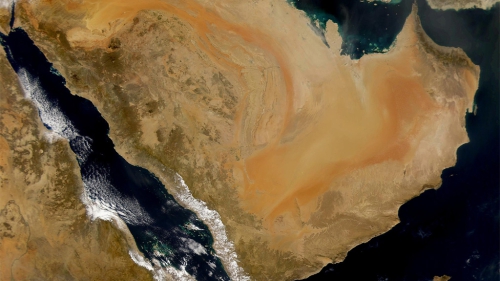How Xinjiang Became Muslim
Xinjiang, in the far north-west of China, is almost three times the size of France: officially it is not a province but an ‘autonomous region’ in deference to its non-Chinese population, the Uyghurs – although the level of autonomy is minimal.
0:00 Intro
01:52 Xinjiang in Central Asia
03:37 Islamic Conquest of Central Asia
05:14 The Qarakhanids
06:42 The Qara-Khitay
07:20 The Mongols
07:54 The Timurids
08:54 The Islamization of Xinjiang
09:25 The Sufis & the Shamans
10:43 The Naqshbandiyah Order
13:42 The Era of the Six Cities
15:31 Fall to the Qing
History of Xinjiang
Xinjiang historically consisted of two main geographically, historically, and ethnically distinct regions with different historical names: Dzungaria north of the Tianshan Mountains; and the Tarim Basin south of the Tianshan Mountains, currently mainly inhabited by the Uyghurs. They were renamed Xinjiang (新疆) in 1884, meaning "new frontier," when both regions were reconquered by the Chinese Qing dynasty after the Dungan revolt (1862–1877).
The first inhabitants came from the west. The oldest Tarim mummies, found in the Tarim Basin, are dated to the 2nd millennium BCE, when the Indo-European Tocharians inhabited the Tarim Basin. In the first millennium BCE the Tarim Basin was inhabited by the Indo-European Yuezhi nomads. In the second century BCE the region became part of the Xiongnu empire, a confederation of nomads centered on present-day Mongolia.
Eastern Central Asia was referred to as "Xiyu" (Chinese: 西域) under the control of the Han dynasty, from which the Xiongnu surrendered to in 60 BCE (Han–Xiongnu War), maintaining a variable military presence until the early 3rd century CE. From the 2nd to the 5th century local rulers controlled the region. In the 6th century, the First Turkic Khaganate was established. In the 7th-8th century Tang, Turks and Tibetans warred for control, and the Tang dynasty established the Anxi Protectorate of Xinjiang and Central Asia.
This was followed by the Uyghur Khaganate in the 8th-9th century. Uyghur power declined, and three main regional kingdoms vied for power around Xinjiang, namely the Buddhist Uyghur Kara-Khoja, the Turkic Muslim Kara-Khanid, and the Iranian Buddhist Khotan. Eventually, the Turkic Muslim Kara-Khanids prevailed and Islamized the region. In the 13th century it was part of the Mongol Empire. After that, the Turkic people prevailed again.
In the 18th century, the area was conquered by the Chinese Qing dynasty. In 1884, after the Dungan Revolt (1862–77), the area was renamed Xinjiang. It is now a part of the People's Republic of China.
( Excerpts from Wikipedia )
Topics: China, History, Muslim China, Uyghurs, Xinjiang
Views: 3441
Related Suggestions

















